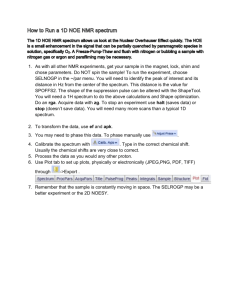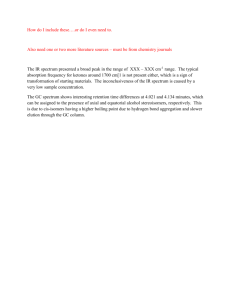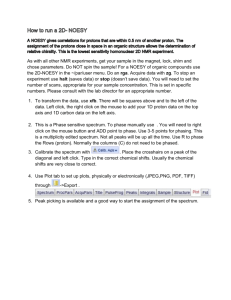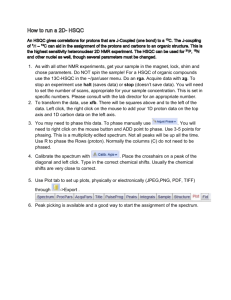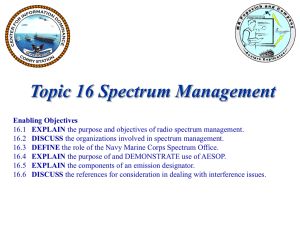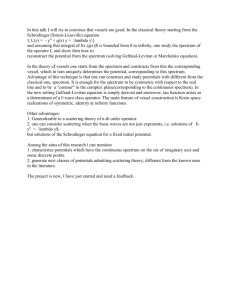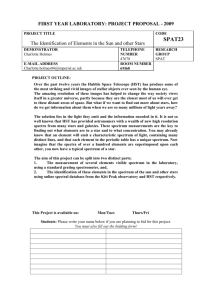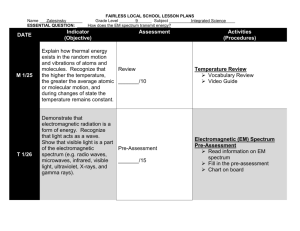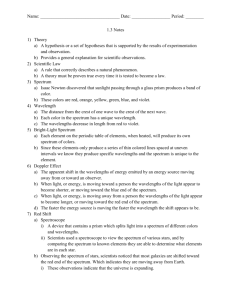Task A - South Newcastle Trust
advertisement
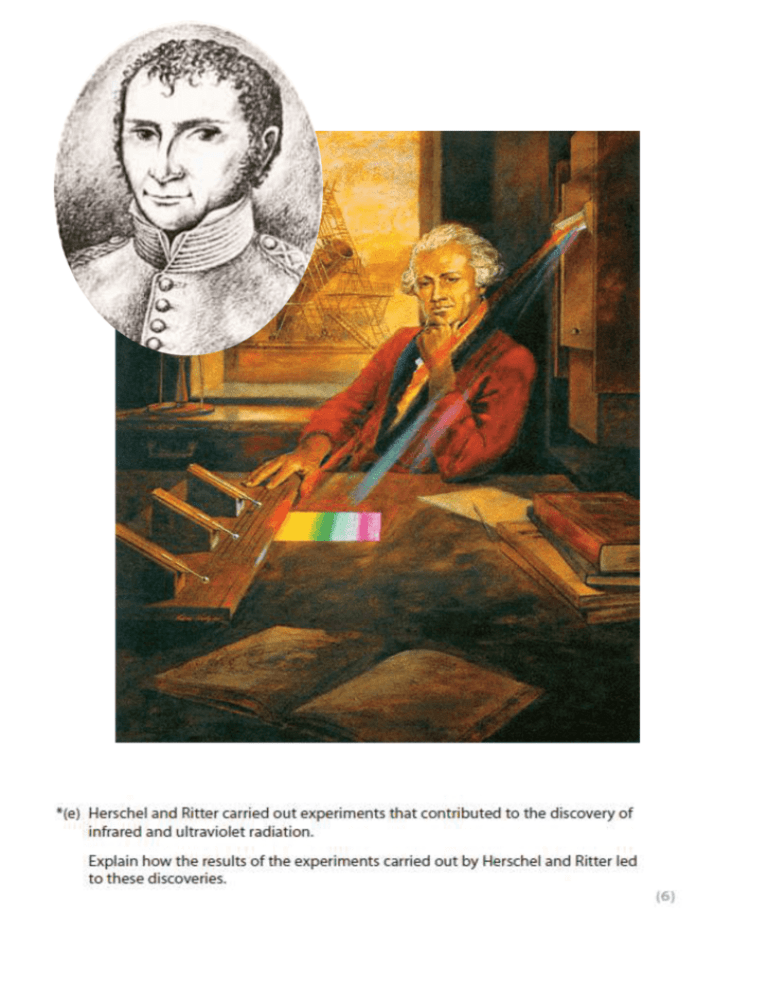
Task A – You must put the sentences below into the correct order so that they form a flowing paragraph that describes the discovery of Infrared by William Herschel Herschel performed more experiments on the rays he had discovered beyond the red portion of the spectrum. He found that they could be reflected and refracted in similar ways to visible light. He called this new kind of light ‘calorific rays’, derived from the Latin word for ‘heat’. Today, this form of light is known as infrared radiation. The word ‘infra’ comes from the Latin word for ‘below’. He noticed that the temperature increased from the blue to the red end of the visible spectrum. After noticing this pattern, Herschel decided to measure the temperature just beyond the red portion of the spectrum in a region that did not appear to have any sunlight falling on it. He thought that the colours themselves might be of different temperatures and came up with an experiment to investigate his hypothesis. Herschel passed sunlight through a glass prism to split the light into the spectrum of colours, and then measured the temperature of a thermometer lit by each colour in turn. An astronomer named Sir Frederick William Herschel (1738-1822), famous for his discovery of the planet Uranus in 1781, made another important contribution to science in the year 1800. In his astronomical work, Herschel noticed that when he used filters of different colours to observe sunlight, the filters seemed to let through different amounts of heat. To his surprise, he found that this region had the highest temperature of all. He realised that there must be another type of light beyond the red, which we cannot see. (He probably could not have been expected to discover ultraviolet light beyond the blue end of his spectrum, as his glass prism would have absorbed most of the ultraviolet light.) Herschel’s experiment is important because it was the first time someone showed that there are types of light we cannot see with our eyes. As we now know, there are many other types of radiation that we cannot see, and the visible colours are only a small part of the whole electromagnetic spectrum. Task B – You must read the paragraph below and answer the questions below. I was very interested to hear that William Hershel had discovered heat beyond the red wavelength of the spectrum. I was intrigued enough to start investigating ‘invisible light’ and looked for a possible cooling effect at the violet end of the light spectrum. I had been doing some experiments with Silver Chloride (which blackens in sunlight) and decided to test it with different colours of the spectrum. There was no discolouration with red light but it massively increased towards the violet, hmmmm……what was going on? I then put some Silver Chloride in an area just beyond the violet part of the spectrum i.e. where it was dark! To my amazement the Silver Chloride went completely black well beyond the violet edge of the visible spectrum. Wow! I was amazed, I called this new form of light ‘Chemical Rays’ catchy eh? 1. What was the hypothesis that Ritter had about the violet spectrum? 2. What chemical was used by Ritter that is sensitive to sunlight? 3. What part of the spectrum is this chemical more sensitive to? 4. If Ultra violet is not visible to the naked eye, then how did Ritter know he had discovered it? Task C You must use the information to write a story board (3 pictures) for each of the discoveries.
